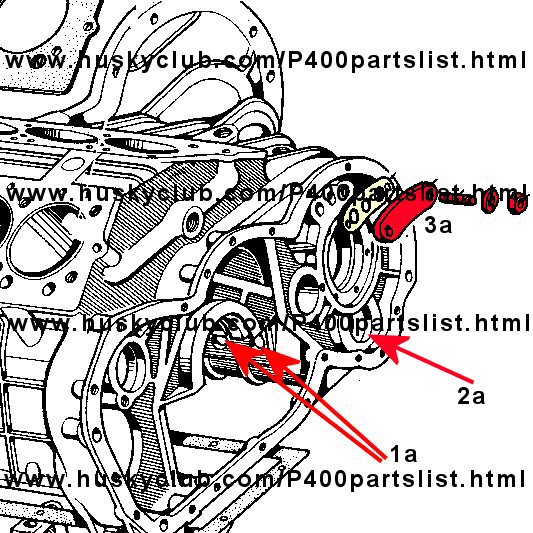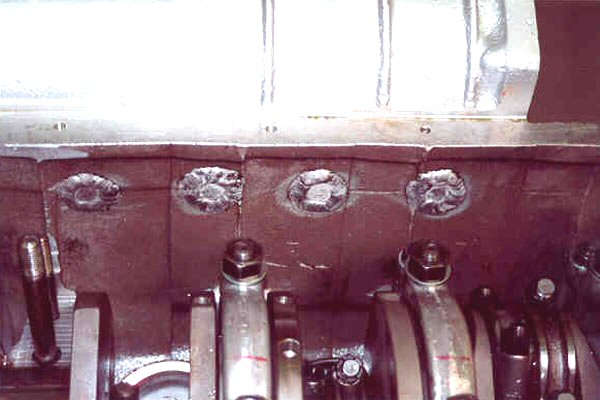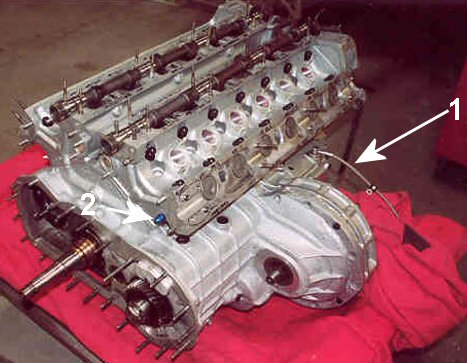-fabricate cutom plug.
-modify engine block to accept new seal plug.
2b) sealing the upper transmission shaft
-drive gear modification to accept lip seal.
-plate modification to accept lip seal assembly.
-seal adapter plate fabricated and installed.
-appropriate lip seal.
2c) left hand thread end lock requires seal modification.


 4a) venting the transmission / differential
4a) venting the transmission / differential 5) split sump transmission oil level
5) split sump transmission oil level